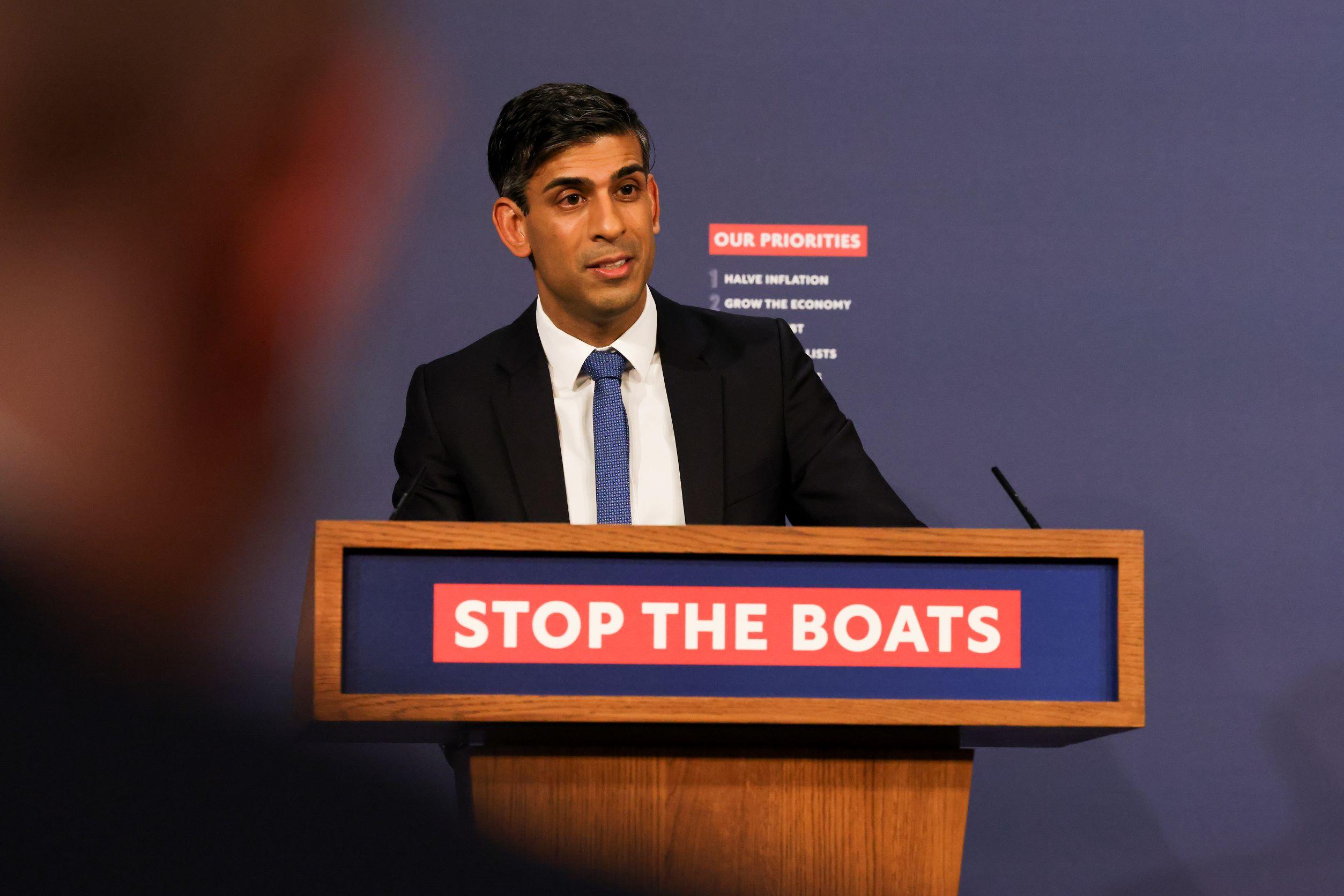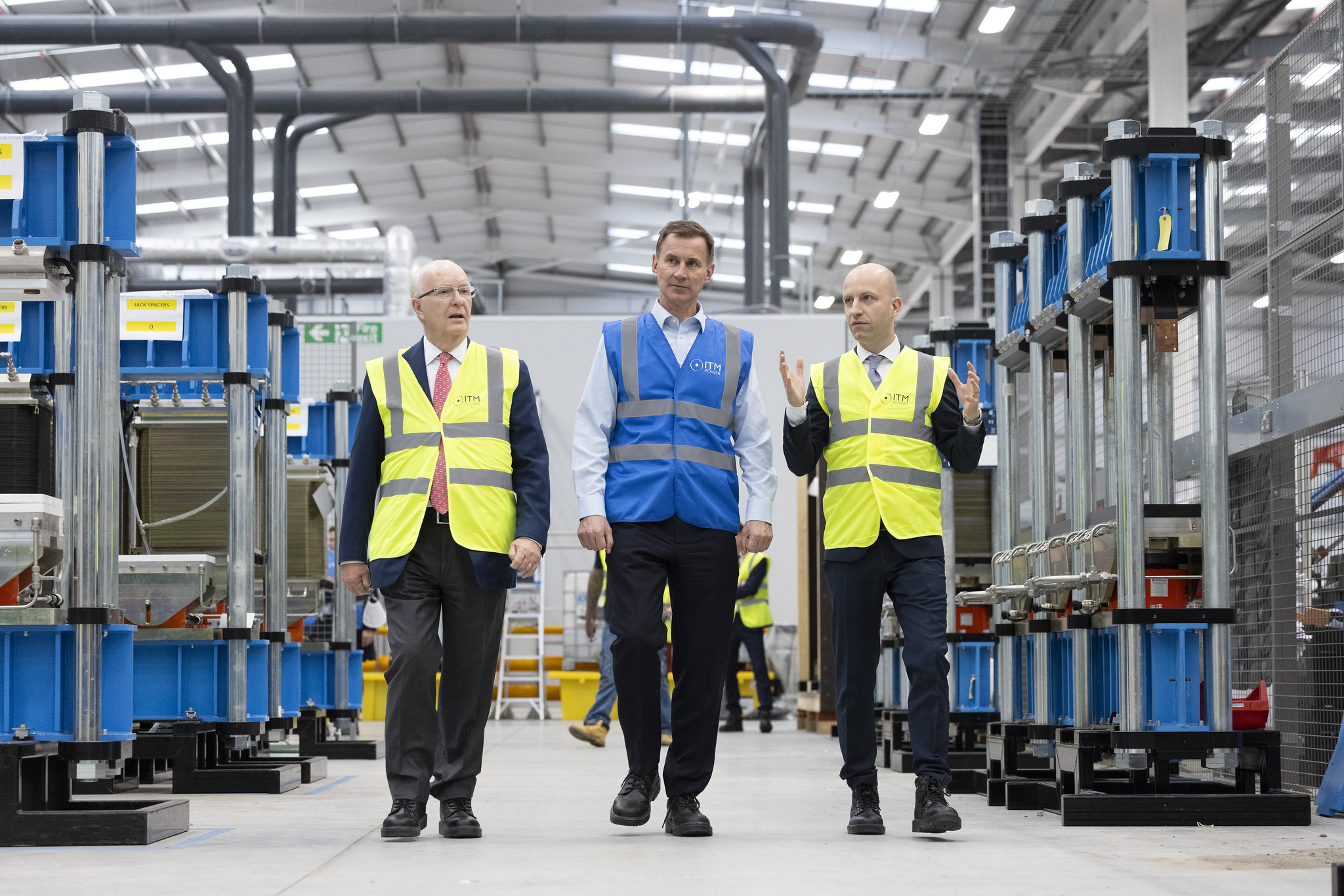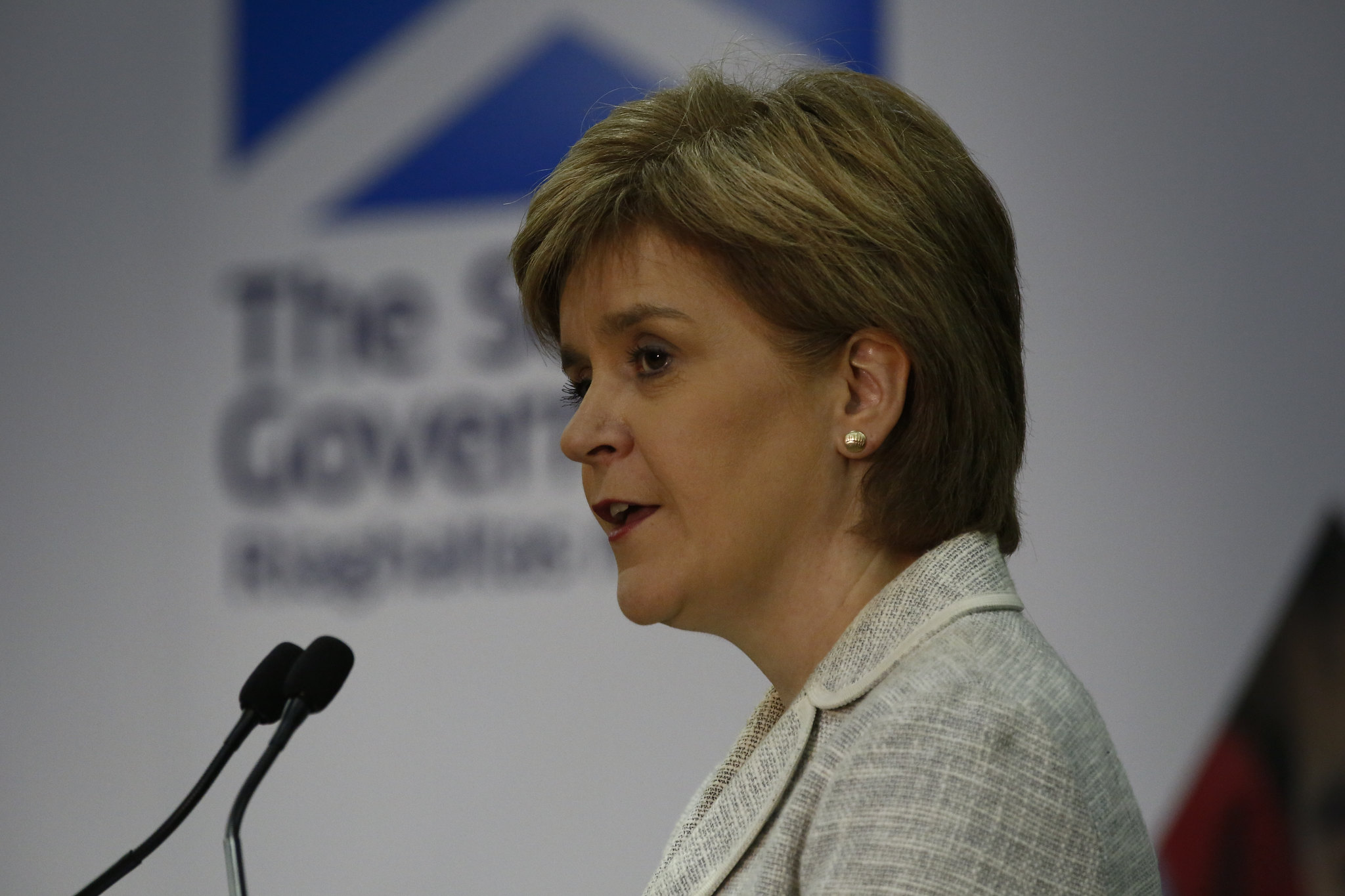 Andrew Jones places the recent Cabinet reshuffle in a historical context and explains the several factors that limit the options available to a Prime Minister when deciding who is handed the top jobs in government. He also emphasises the rarity of the decision to demote Dominic Raab to Justice Secretary and the possible thinking behind it.
Andrew Jones places the recent Cabinet reshuffle in a historical context and explains the several factors that limit the options available to a Prime Minister when deciding who is handed the top jobs in government. He also emphasises the rarity of the decision to demote Dominic Raab to Justice Secretary and the possible thinking behind it.
In September 2021, Boris Johnson reshuffled his Cabinet. Presumably to help kickstart his domestic agenda after 18 months dominated by response to the pandemic, the Prime Minister fired ministers overseeing housing, education, and justice, while keeping his Chancellor and Home Secretary in position. While the effectiveness of the reshuffle will play out in the months and years to come, what we already know, although it seems to have gone largely unnoticed, is that we witnessed an historic reshuffle. What placed the reshuffle into the category of historic was the Prime Minister’s decision to demote his Foreign Secretary, Dominic Raab, to Justice Secretary. In doing so, Johnson became only the second Prime Minister in the last 190 years to remove the head of a so-called ‘Great Office of State’ between elections while retaining the minister within Cabinet.
The Great Offices are comprised of four ‘mega-seats‘ at Westminster: Prime Minister, Chancellor of the Exchequer, Home Secretary, and Foreign Secretary. The Prime Minister holds a predominant role and can appoint Cabinet ministers from either the Commons or the Lords, and usually from their own party. However, several factors limit the options available to a Prime Minister when deciding who is handed the top jobs in government.
Parties contain important and ambitious individuals who, one day, hope to rise to the position of Prime Minister. Overseeing a Great Office of State is viewed as an important rung on this ladder. These key figures often command support on the backbenches of a party and possess prominent media profiles of their own. Given the evidence showing that those overlooked for promotion to the Cabinet or fired from a ministerial job are more likely to revolt against their party, even the strongest Prime Ministers must take care with appointments to or removals from office.
Prime Ministers often opt to bring influential rivals inside their Cabinet, where they can be constrained by factors such as collective responsibility, rather than risk disruption from the backbenches. Notable recent examples are the relationship between Tony Blair and his Chancellor, Gordon Brown, and Theresa May’s ultimately unsuccessful attempts to calm Brexit tensions by handing important Cabinet posts to prominent Brexiteers in her party.
This background helps explain why, in an ongoing analysis of ministerial durability conducted with Professor Shane Martin, we found that fewer than one in seven appointments (41 of 291) to the three Great Offices of State since the Great Reform Act of 1832 have been removed from office away from the natural political merry-go-round that occurs after elections and changes of Prime Minister. It is rarer still though that a former Great Office minister, once removed from position, remains in the Cabinet to oversee a less prominent portfolio. Now, that’s not to say that leaving a ‘mega-seat’ mid-term is a barrier to re-entering the Cabinet at a future date. Sixteen of the 41 ministers who left a Great Office mid-term returned to the Cabinet, the most recent being Sajid Javid, and three of these – William Gladstone, Anthony Eden, and Boris Johnson – went on to become Prime Minister. Yet in almost all cases, the sacked minister first left government and returned to the backbenches.
When considering the factors at play when senior ministers are removed from office, this shouldn’t come as a surprise. Should a holder of a Great Office resign due to serious policy failure, as was the case with Peter Carrington when Argentina invaded the Falkland Islands in 1982, or following a scandal, such as Jacqui Smith faced following the expenses controversy in 2009, then remaining in the Cabinet is simply not an option. However, even when holders of Great Office are removed for less controversial reasons, circumstances usually lean towards the minister walking away from the Cabinet. First, a demotion represents a significant loss of face for a senior figure and remaining around the Cabinet table is often too much to bear. John Major has written of the ‘depths of…hurt‘ exhibited by Norman Lamont when he turned down a Cabinet demotion after being fired as Chancellor and Charles Clarke bitterly turned down a more junior job in Cabinet after being fired by Tony Blair in 2006. We can see this hurt in the public reactions of both individuals after leaving office, with Clarke heavily criticising Blair and his replacement in a series of interviews less than two months after being fired, and Lamont waiting just two weeks before declaring that Major’s government was ‘in office but not in power‘ during his resignation speech to the Commons. Most senior ministers are unable to stomach these emotions so opt for a return to the backbenches.
In addition to the emotional side of being removed from Great Office, there are more practical considerations. The skills, contacts, and knowledge of Cabinet ministers mean they are in often high demand in the private sector, with recent research showing that those having previously held high office are able to command attractive salaries outside Parliament. Released from the constraints the Ministerial Code has placed on the outside interests of government ministers since the mid 1970s, former Great Office ministers are free to accept generous offers from the private sector once leaving office. Notable examples include former-Chancellor Nigel Lawson accepting a well-paid non-executive directorship at Barclays Bank shortly after leaving office in 1989 and Boris Johnson’s return to his job as a highly paid newspaper columnist following his resignation as Foreign Secretary in 2018. In short, given the choice between losing face if accepting a less senior job in Cabinet, or a return to the backbenches where promises of high private sector salaries await, most senior ministers choose the latter.
Prime Ministers for their part are also usually happy to see the back of former holders of a Great Office. Having a recalcitrant senior figure remain in the Cabinet risks undermining the authority of both the replacement in Great Office and the Prime Minister. Having already made the calculation that the benefits of firing the senior minster outweigh the costs of rebellion within the governing party, little further is to be lost by despatching the sacked minister to the backbenches.
Considering the preferences and constraints above it is easy to understand why it had become an unspoken practice that a Great Office minister left Cabinet altogether after being removed from office in the 150 years prior to Margaret Thatcher demoting Leon Brittan from Home Secretary to Secretary of State for Trade and Industry in 1985. And given that Brittan lasted just five months as Trade Secretary before becoming embroiled in the Westland Affair, resigning and never serving in government again, it’s unsurprising that we have waited a further 36 years for a repeat.
If reports are to be believed though, the Prime Minister and former Foreign Secretary held lengthy talks during which Raab expressed his unhappiness at the demotion. Furthermore, Raab, a former corporate lawyer and civil servant with knowledge of trade law and an understanding of investor protection policy, would surely be in high demand by the private sector. Boris Johnson must also have calculated that the nearly 10% of Conservative MPs that supported Raab in the 2019 leadership contest do not represent a strong enough support base to keep Raab in Great Office. Yet the Prime Minister has retained the demoted minister in his Cabinet and Raab has agreed.
It might be that Johnson believes he has the charm and charisma to manage a brooding Raab, or that the rather ambiguous role of Deputy Prime Minister alongside that of Justice Secretary is sufficiently senior to ease Raab’s hurt. It might also be that Johnson sees Raab’s replacement, Liz Truss, the most popular Cabinet minister among the party’s grassroots, as more of a threat and she needs appeasing/constraining with a top Great Office portfolio. Raab’s motivations, however, are much harder to discern.
The similarities between Raab and Brittan at this point of their political careers are rather stark, however. Both figures, aged 45 and 43 respectively, were well below the average age of government ministers when handed the keys to a Great Office, yet both lasted just two years in office. Raab, as a leadership candidate, and Brittan, as the youngest Home Secretary since Winston Churchill, were both viewed as rising stars in the Conservative Party at the point they were appointed. Yet both were dismissed due to perceptions of ministerial inaction. Perhaps the lesson that Raab should heed from the experience of the only other person in modern politics to have has sat where he is currently sitting, is that he’s likely to only get one more chance. One further gaff, policy mistake, or scandal and Raab’s hopes of leading his party, or even enjoying a lasting ministerial career, may well be over.
_____________________
 Andrew Jones is Research Fellow in the Faculty of Laws at University College London.
Andrew Jones is Research Fellow in the Faculty of Laws at University College London.
Photo by Shane Rounce on Unsplash.







